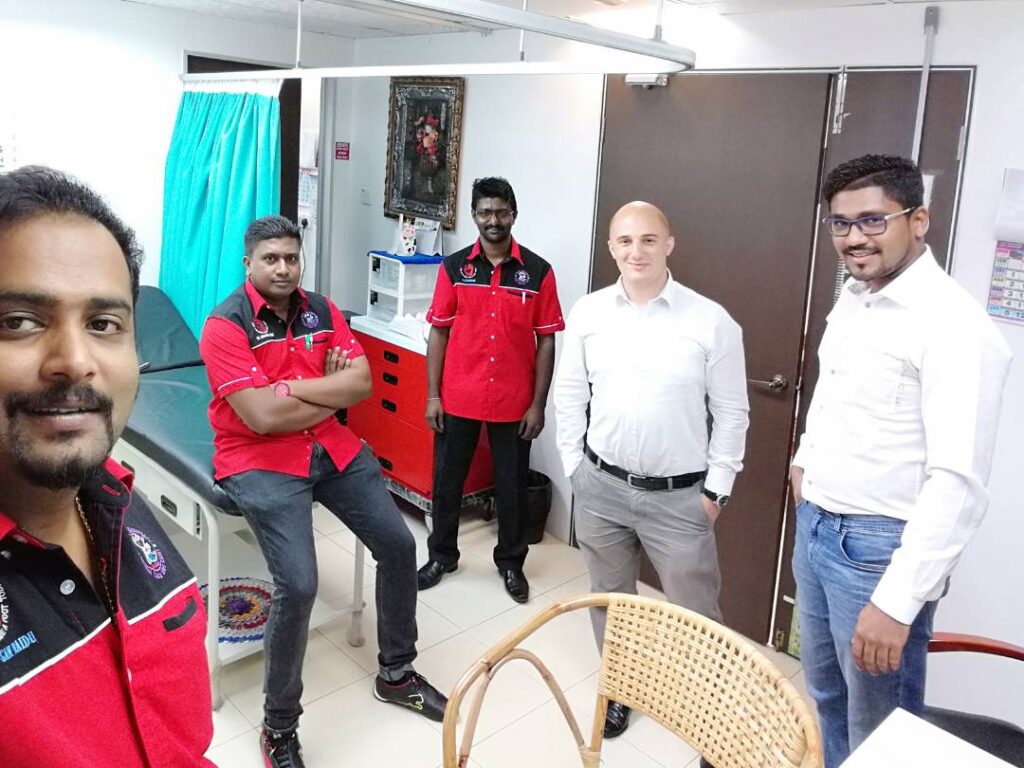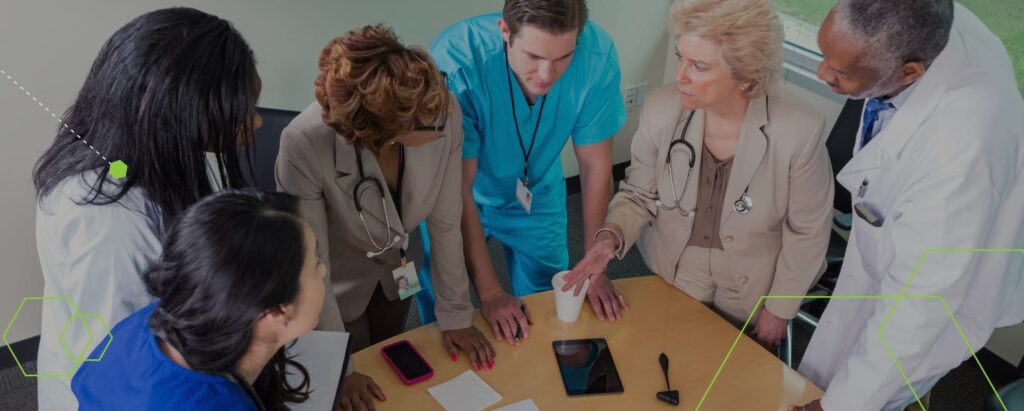Wound Care in Malaysia and The Emerging Markets: Interview w/ Dr. Mogan Naidu (1 of 2) [Video]
Do you feel confident in your command of global wound care? This video may cause you to reconsider… Much of our time at Diligence Wound Care Global is spent with wound care product and services CEOs, CMOs, CCOs, VPs, directors, and managers for global strategy, busdev, marketing, finance, R&D, and other functions related to commercial planning and execution. More often than not, these individuals are based in a corporate office in an established market, yet have responsibility for large geographies such as APAC, EMEA, LATAM, or even titles which include words like, “emerging markets” or “global.” True, they may indeed visit these markets, such as to attend a company-sponsored event, industry conference, or to meet with a distributor. And true, they’re typically sharp, experienced, accomplished executives from across the scientific, biomedical, healthcare, and commercial spectrum. But do they truly understand where and how their wound care solutions are evaluated and used? Unfortunately, if they have not really invested the time and resources on the ground (in actual patient care settings), the answer is usually, “no.” The opportunities and challenges for emerging market wound care are well documented. Increasingly, both clinicians and industry have been gaining interest in these regions. I’ve already been invited to speak on the topic on Nov 3rd, 2018 at SAWC Fall in Las Vegas, and will present at events in the developing markets themselves between now and then. Yet overall, most outside stakeholders are still lacking a true grasp of how to offer solutions to wound care needs in such regions. I recently visited with Dr. Mogan Naidu, a very passionate wound care provider, head of MediAsia, and founding chairman of The Malaysian Diabetic Limb Salvaging Society (MDLSS). Part 1 (below) focuses on wound care products, and Part 2 (to be released later) focuses on wound care services, including a new private wound care hospital planned for the region. Although Malaysia is just one of many emerging markets, and each market is unique, many of the themes and lessons can be applied to other regions, as well. Here’s the interview (closed captions available): Some of my key takeaways from the discussion: Despite all the talk about moving to “value based health care” in the developed markets, in many ways, Dr. Mogan and his team have already implemented a version of it: The patients are directly involved in the cost of care, but the pricing is determined by the severity level of the wound (which they divide into zones: red, yellow, green). Rather than charge the patient for each piece of product or procedure, they bill based on zones, which in many ways better aligns the incentives of the parties than either traditional fee-for-service or socialized public health care. Although resources in this environment are lacking, there is indeed access to most categories of advanced wound care products (foams, alginates, etc.). This is consistent with what I have seen across most emerging markets, especially in APAC. Not only based on the interview, but from the entire day I spent with the MediAsia team at their clinic, they do an excellent job of addressing holistic factors in patient care: Diabetes management, cardio-pulmonary status, kidney function, offloading, nutrition, and even the psychosocial status of the patient. They give more attention to these critical healing factors than literally 95%+ of wound care facilities that I have visited–and that includes countless facilities across North America, EMEA, LATAM, and APAC. True, there are certain technologies and specialists their patients cannot easily access compared to markets with more developed healthcare infrastructure: vascular imaging/interventions, HBOT, and others can be problematic–especially for financially challenged patients such as those discussed above. However, many of these are precisely the scenarios and opportunities that innovations such as hemoglobin oxygenizers, disposable NPWT, mobile assessment and analytics platforms, and many more are able to address, resulting in potentially fast adoption in such regions, where leapfrogging entire generations of technology is already the norm. Become a keener wound care executive. Are you currently considering investing in, launching, or expanding a wound care business in the emerging markets? Get in touch to discuss how we might empower you to reach your goals.





